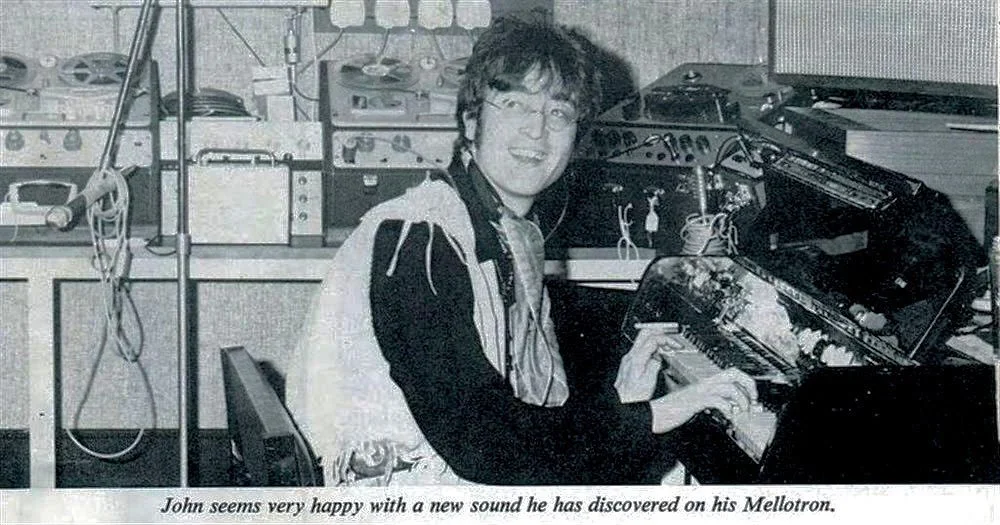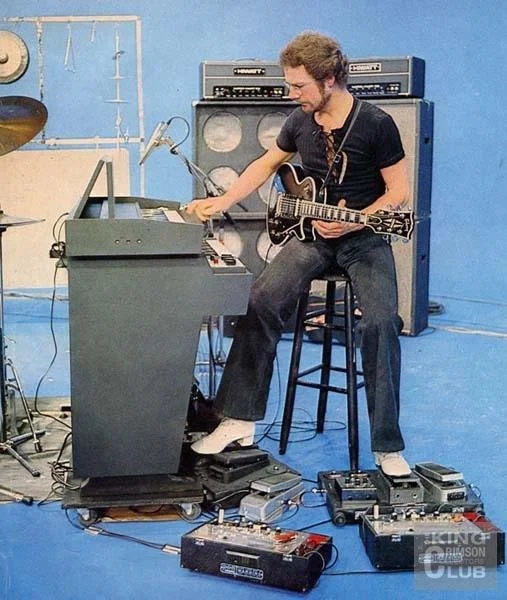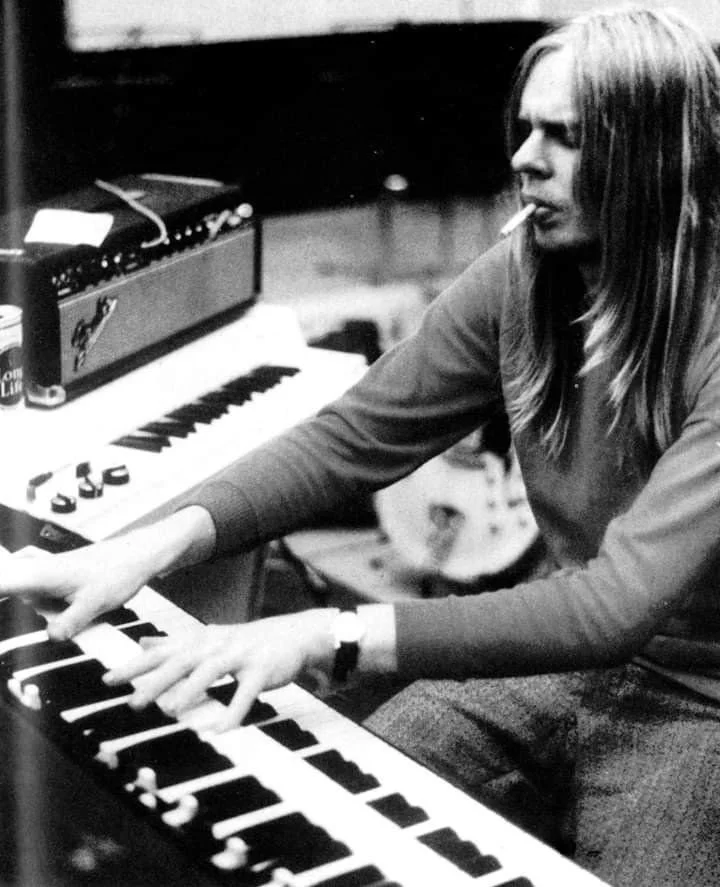Mellotron/Novatron
In our first video of a new series, our intern and resident “Keyboard Guy” Jackson Ruff, demonstrates and explains two very special keyboards from the studio’s large catalog of vintage and retro synthesizers.
This week, Jackson pulled out two keyboards that have been all over records since the ‘60s: the Mellotron M400 and the Novatron 400.
The difference between the two demonstrated is simply who owned the brand at what time. The Novatron (black) was branded after Streetly Electronics took over the Mellotron (white) name. With only about 1,800 units ever made, these are dwindling numbers due to extreme fragility and the fact that they have been around for over half a century. It is incredible that the studio has not just one, but an even rarer and unheard of additional model available for tracking.
While the Mellotron is the first popular synthesizer, the Chamberlain was the first ever created one. Before they existed, if you wanted a flute or choir in your song, you would have to hire a flutist or a choir. The Mellotron changed all of that. Since it plays recorded sounds from tape at the press of a key, there became no need to hire a quartet for the day — a keyboard player would just have to figure out some voicings and play it on the short white box using the samples of such instruments.
It uses a unique mechanism of magnetic tape to produce sounds. Each key on the Mellotron triggers a specific tape to play, containing pre-recorded sounds of various instruments, such as strings, flutes, brass, and choir voices. When a key is pressed, the corresponding tape moves over a play head, producing the desired sound. Due to size constraints, this means that you only have about 8 seconds max per note. When you hold a chord, you can physically feel the tape being dragged across the head through the keys. When you release it, you can hear the tapes slide back into position using spring tension.
The Mellotron's characteristic sound has been featured in many classic and progressive rock recordings. Bands like Yes, The Moody Blues, King Crimson, and The Beatles would not have had their signature sound if it was not for the sound of the Mellotron. Although that distinct sound never truly left, it is coming back through new mediums in physical, digital recreations, and virtual instruments on the computer. Models like the M4000D and Logic’s free Mellotron plugin gives everyone access to an approximation of the sound — although it will never compare to a real and authentic Mellotron in a room.
Come into the studio and lay down some mellow warbly strings or a tape choir on your next track, and add a vintage vibe that you cannot find elsewhere.




